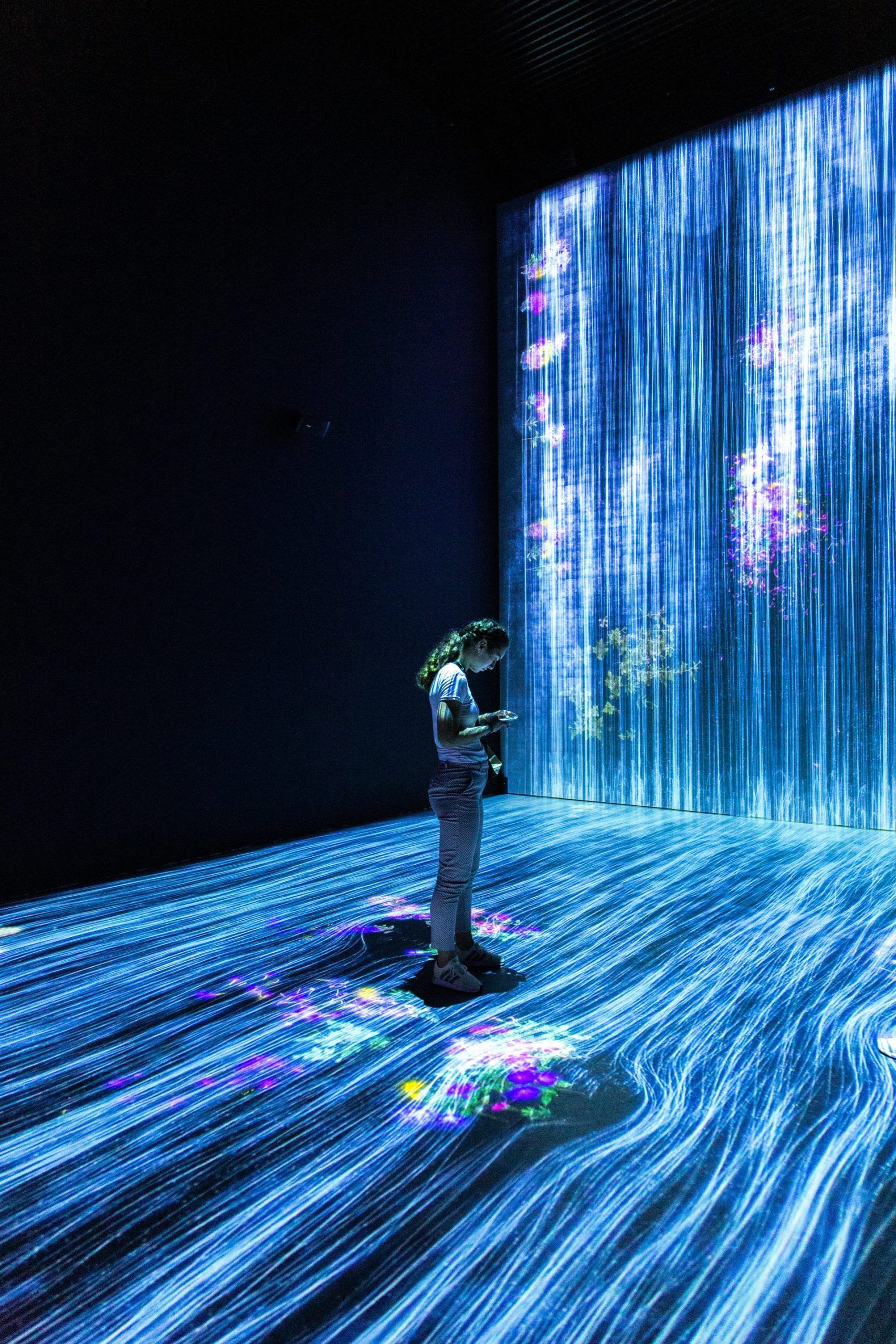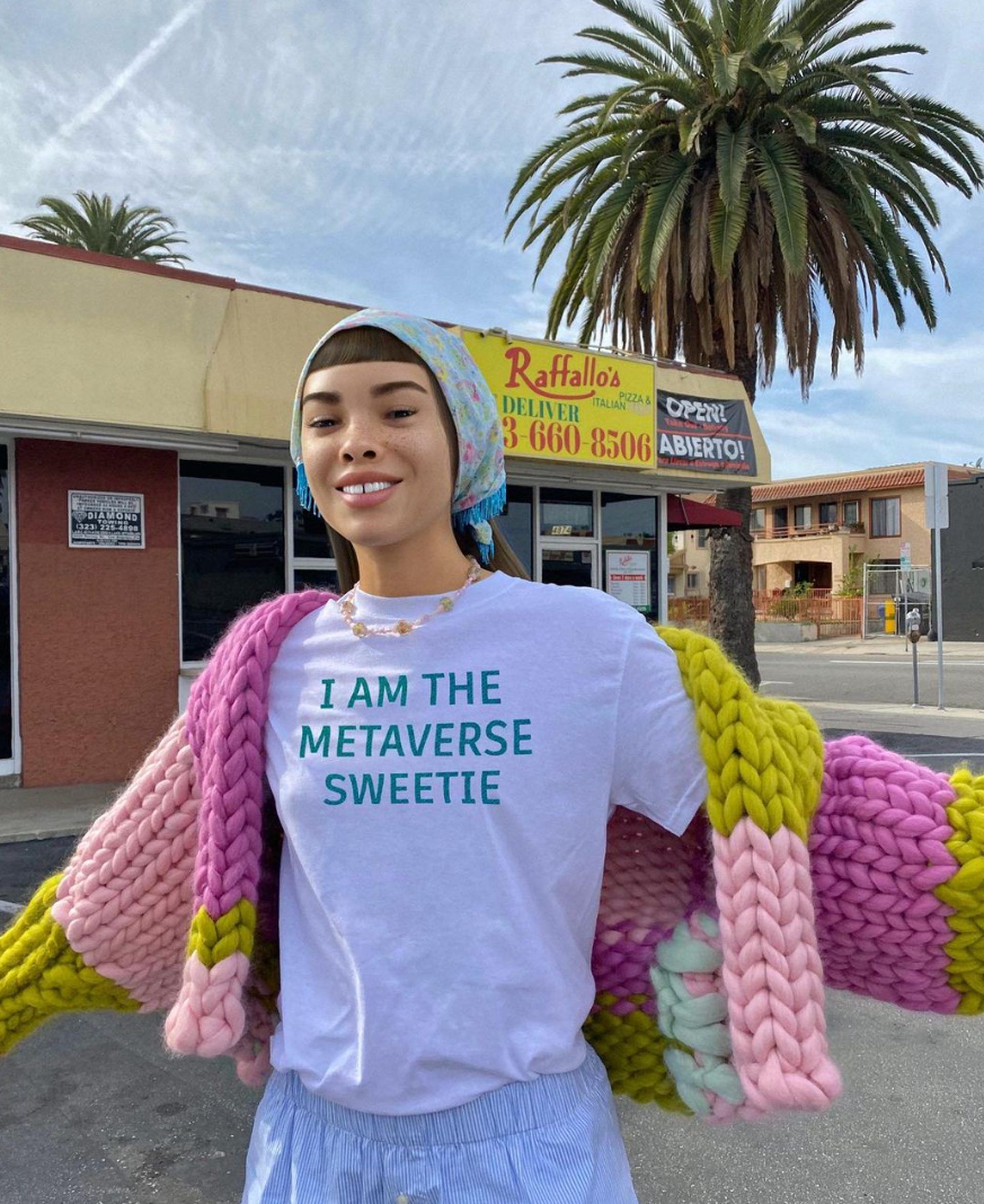Virtual influencers are on the rise! Do the names Lil Miquela, Casas Bahia, or Lu of Magalu sound familiar to you? You’ve likely seen them on social media, but spoiler alert, they are not human. They are 21st-century virtual influencers that affect you more than real people. You don’t think so? Ask TIME Magazine, Miquela, a virtual influencer, was named one of the 25 Most Influential People on the Internet by TIME.
Given how quickly the influencer marketing landscape is expanding, it’s understandable if you’re still trying to understand what a virtual influencer is. Don’t worry; the situation will change after this article.
What is a virtual influencer?
A computer-generated fictitious character known as a virtual influencer, also known as a virtual persona or virtual model, can be used for various marketing-related tasks but is most frequently utilized in place of real-life “influencers” for social media marketing. There are already just over 150 online virtual influencers, and their following is growing. Some individuals have even attained one million followers or more.

Most virtual influencers are created utilizing motion capture and computer graphics to imitate actual individuals in authentic settings. Although the virtual influencers used today are not artificial intelligence and robots, they will certainly make this transition in a short time.
Virtual influencers are one of the early steps of the metaverse. The metaverse provides an alternative to actual social interaction by enabling people to communicate with one another in realistic, three-dimensional virtual environments. We cannot disregard the possibility that it will interfere with our daily life even though it is still young and developing. The escalating phenomenon of virtual influencers is a prime illustration of this.

On social media, fictional characters offer a huge possibility. It is safe to conclude that this tendency will intensify this year as brands experiment with the metaverse, even if numerous firms have collaborated with virtual influencers and even produced their own. We will explore them in the next section.
Benefits of virtual influencers
From a branding standpoint, virtual influencers are considerably less likely to be involved in problems. Celebrities in China who have received negative press, like singer Wang Leehom and performer Kris Wu, have increased the attraction of virtual influencers because they are completely reliant on computer-generated pictures and are, therefore, unable to harm a brand’s reputation through affiliation.
Some studies have also claimed that because Generation Z was raised in the internet era, they have a particular desire for virtual idols and influencers.
Best virtual influencers of 2022
A virtual influencer is essentially a digital character made with computer graphics software. After being given a personality, this character will always behave on social media sites as though he or she is the influencer.
These are some of the best virtual influencers of 2022
- Lil Miquela
- Casas Bahia
- Lu do Magalu
- Nobody Sausage
- Hatsune Miku
Let’s take a closer look at them.
Check out the machine learning in marketing examples
Lil Miquela
Trevor McFedries and Sara DeCou created the fictional American character Miquela Sousa, also known as Lil Miquela. In 2016, the project was launched as an Instagram profile. As the first hyperrealistic virtual influencer to acquire mainstream recognition, Miquela has paved the way for marketers and virtual influencers to flourish in this new virtual storytelling medium.
Fans follow her life in Los Angeles as a 19-year-old robot girl developed by Brud as her story develops on social media. She gained notoriety on Instagram, where she currently has 3 million plus fans, but TikTok is now where she has 3.5 million plus followers on her site. By repeating “throwback” memories, singing duets, and responding to inquiries from her community, Miquela skillfully uses trends on TikTok.
Several celebrities, including Diplo, Molly Soda, Millie Bobby Brown, Nile Rogers, Shane Dawson, Samantha Urbani, and Pablo Vittar, have been pictured with the persona. Numerous media, such as Refinery29, Vogue, Buzzfeed, v-files, Nylon, the Guardian, Business of Fashion, and The Cut, have “interviewed” or profiled her. In April 2018, she was featured on the cover of Highsnobiety.
She has additionally appeared in the publications V and Paper. As part of Milan Fashion Week in February 2018, the persona performed an Instagram takeover for Prada. She worked with Bella Hadid on an animated Calvin Klein ad on May 16, in addition to a project for Samsung. That year, Miquela was employed by Dazed as a contributing arts editor.
When a deal with CAA was struck in 2020, Miquela became the first virtual client of the agency and the first digital avatar to sign with a talent agency. Quite a career, right?
Check out one of her most loved songs of her:
Casas Bahia
Influencers online are rarely older. But in 2017, Casas Bahia (commonly known as “CB”) had a revamp and changed from being a 2D youngster to a virtual teenager. Casas Bahia, the self-described brand mascot of one of Brazil’s largest stores, is active across all social media channels and has more than 5.3 million Facebook fans.
Like Lu of Magalu, who serves as a corporate ambassador, CB exhibits a personal love of video games and youth culture. His material prioritizes games, movies, memes, and fan surveys in addition to product advertisements.
Lu do Magalu
As the voice of an in-store salesperson for Magazine Luiza’s online stores, Lu was created in 2003. Then, in 2009, she made her first YouTube appearance on Magalu’s channel, where she later hosted tutorials on the newest technologies from the Brazilian tech retailer.
As her popularity increased, she was hired as the company’s ambassador and helped it amass a fan base of 32M+ on social media, including 6.6M+ on her just-launching TikTok. Lu uses TikTok to showcase the newest goods and technological innovations, such as makeup or a bubble gun.
Nobody Sausage
One of the most popular virtual influencers on social media is Nobody Sausage, a 3D-animated sausage with an unusual, abstract appearance.
14.1M+ people regularly watch his vibrant and funky dance videos on TikTok. HypeAuditor named him the virtual influencer with the quickest growth rate in 2021. Since then, he has been hired by other major corporations for various projects, including serving as the face of Hugo Boss’ extensive rebranding effort.
Hatsune Miku
Japanese virtual idol Hatsune Miku, 16, is an anime girl with blue hair. As the spokesperson for the brand-new Vocaloid voice software from Crypton Future Media, Hatsune Miku rose to prominence. They found a visual artist to give “her” life as an image—as Hatsune—to make the voice more attractive.
She is now so well-known and adored that holographic performances of the songs her admirers have written using her Vocaloid voice sell out. Regarding her internet presence, Miku’s YouTube channel has the largest online fan base, where 2.1 million+ followers watch her music videos and more.
Check out the 15 global influencers in artificial intelligence and machine learning
Are virtual influencers new?
No, the idea of virtual influencers is not very new. Gorillaz has been a popular animated band for more than 20 years, with Damon Albarn and Jamie Hewlett earning Grammy nominations and even making an appearance on MTV’s Cribs. However, the development of the metaverse serves as a call to action for all virtual influencers.





